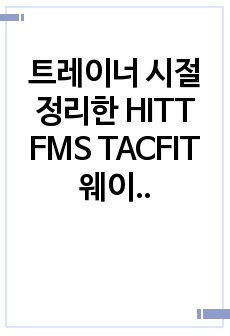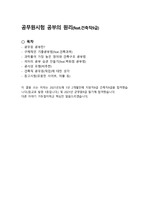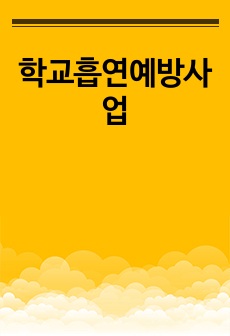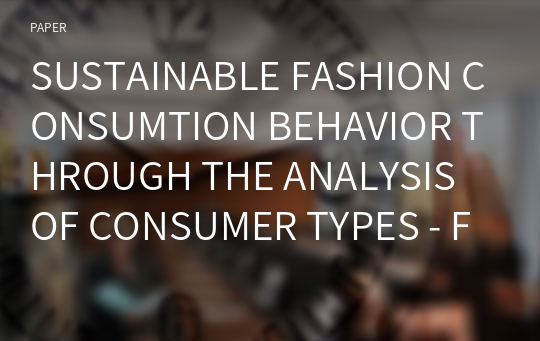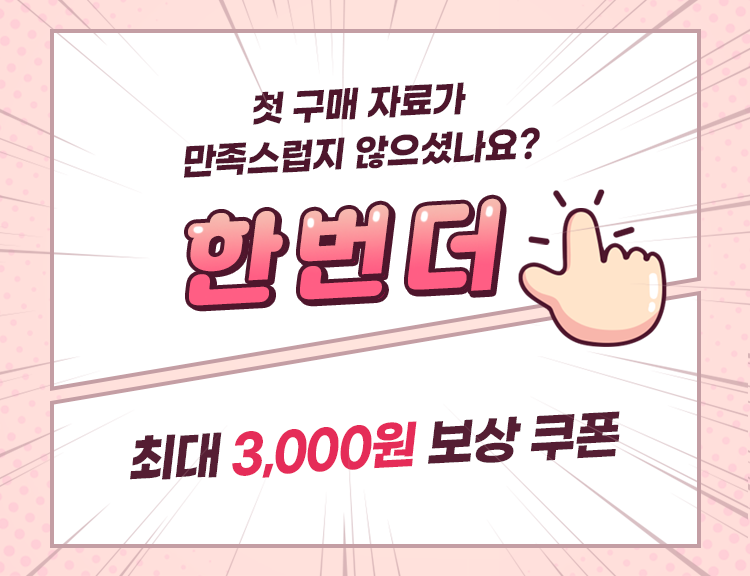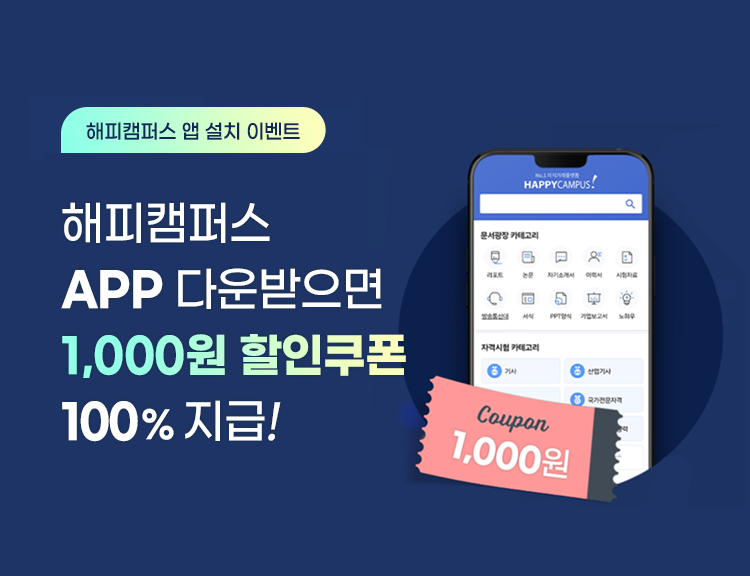SUSTAINABLE FASHION CONSUMTION BEHAVIOR THROUGH THE ANALYSIS OF CONSUMER TYPES - FOCUSED ON A Q METHODOLOGY AND PURCHASE PERCEPTION MATRIX -
* 본 문서는 배포용으로 복사 및 편집이 불가합니다.
서지정보
ㆍ발행기관 : 글로벌지식마케팅경영학회(GFMC)
ㆍ수록지정보 : Global Marketing Conference
ㆍ저자명 : Sangah Song, Eunju Ko
ㆍ저자명 : Sangah Song, Eunju Ko
영어 초록
The fashion industry, being energy and labor-intensive, has faced obstacles such as waste of resources, environmental pollution, and poor working conditions through the supply chain process. Because of the huge success of fast fashion, the consumption of fashion products has increased by 60% in the past ten years. At the same time, the problem of clothing waste is rearing its ugly head accounting for more than 30% of the entire garbage of the world. Providing clothes in cheaper price causes a poorer working condition. In April 2013, a deaths of 1,149 people in garment factory of Bangladesh is caused by the poor working condition without safety standard. Considering its direct effect on lives, consumers are now asking fashion companies to take on more social responsibilities and sustainability is emerging as a critical issue in the fashion industry (Ko, Hwang, & Kim, 2012; Yoo, 2012a). However despite consumers’ high interest in sustainability, they hardly ever seemed to connect with actual consumers according to various studies. Therefore, for a better understanding of consumers to foster their sustainable purchase behavior, this study attempts to identify consumers’ perception and attitude toward sustainable fashion and provide a suitable promoting strategy for consumer types. The role of consumers in driving a sustainable industry ecosystem is growing in importance, but few studies on sustainable fashion consumers have been conducted. Besides, there are two unsolved limitations, in particular, which have been pointed out multiple times in previous studies: first, the inconsistency between the findings (D’Souza, Taghian, Lamb, & Peretiatko, 2007; McDonald & Oates, 2006; Moisander, 2007; Peattie, 2001; Rex & Baumann, 2007; Straughan, 1999), and second, the failure to explain “the attitude-behavior gap.” (Kollmuss & Agyeman, 2002; Vermeir & Verbeke, 2006; Yoo, 2012b) In this context, this study employs Q methodology and purchase perception matrix to identify consumers. Q methodology is more effective and robust technique than self-report methods for the measurement of attitudes and subjective opinion (Stanton & Guion, 2010; Cross, 2005). And the purchase perception matrix, proposed by Peattie (1999), is known as a useful model to classify individual sustainable purchase (Peattie, 1999; Peattie, 2001; McDonald & Oates, 2006; Tan, 2011). The matrix combines two dimensions (High vs. Low confidence and compromise) to analyze four potential purchases such as win-win purchase, feeling good purchase, why not? purchase, why bother? purchase. Peattie’s matrix implies the concept of purchases but also has resonance with the concept of consumers. For example, using marketing strategy to enhance confidence and reduce compromise of each consumer makes their sustainable purchases more easy (McDonald & Oates, 2006). This study tests four types of benefit cueing using advertisement stimuli on sustainable fashion in order to suggest an effective promoting strategy to consumers. Moon et al. (2013) investigate three benefits of sustainable fashion, which are altruistic benefit (out-directed and selfless), social image benefit (out-directed and self-interested) and self-oriented benefit (inner-directed and self-interested). Hartmann et al. (2005) test two types of marketing strategy which are emotional strategy (a feeling of happiness by altruistic behavior or expression of self-identity as a green consumer) and functional strategy (excellent performance in eco-friendly function). Following the previous studies, this study investigates 2 (benefit orientation: external-oriented, internal-oriented) by 2 (benefit type: rational, emotional) benefit cueing stimuli into different types of consumer to verify four hypotheses such as first, external-oriented benefit is more effective than inner-directed benefit (Kim and Kim, 2002; Park, Oh, and Hwang, 2013). Second, based on the purchase perception matrix, high confidence and compromise consumer is more affected than low confidence and compromise consumer by external-oriented benefit. Third, high confidence and compromise consumer is more affected by external-oriented plus rational benefit (Pahbar and Wahid, 2011). And fourth, low confidence and compromise consumer is more affected by external-oriented plus emotional benefit (Vermeir and Verbeke, 2006). In study 1, Q methodology is conducted to identify the types of sustainable fashion consumer with 26 participants. As the result, four types of consumer are identified; the doubtful egoist, the single-minded bystander, the wavering intellect, and the narcissistic activist. The doubtful egoist is especially interested in personal gains and distrusts so-called sustainable fashion. The single-minded bystander has his own subjective opinion on sustainable fashion and is not easily persuaded by sustainable marketing messages. The wavering intellect is obviously interested in sustainability but also shows the highest attitude-behavior gap. The narcissistic activist sets great store by his social image and for that reason consumes sustainable fashion products. In study 2, which aims to verify the four types of consumer and test different types of benefit cueing of sustainable fashion by surveying 328 participants. Each consumer type is shown to be distinctive in terms of sustainable fashion perception, sustainable fashion behavior, fashion lifestyle, cost and benefit perception of sustainable fashion, and the degree of confidence and compromise. The four types of consumer are categorized into two types based on the purchase perception matrix. The wavering intellect is located on higher degree of confidence and compromise position but the others are on an opposite side by showing lower degree of confidence and compromise. Four types of benefit cueing are suggested to two types of consumer (the degree of confidence and compromise: high, low) with regard to the consumer types’ willingness to pay for sustainable fashion. The result shows that external-oriented benefit is more effective than internal-oriented benefit (Mex=2.84, SDex=.079, Min=2.46, SDin=.093; F=9.435, p<.005, H1 is supported). Those who show high degree of confidence and compromise are affected by external-oriented benefit than low degree of confidence and compromise consumers (Mh=3.19, Ml=2.49, F=12.130, p<.005; H2 is supported) and most of all, external-rational benefit (Mex-e=3.18, Sdex-e=.85, Mex-r=3.95, Sdex-r=1.18; t=2.351, p<.05, H3 is supported). Those who show low degree of confidence and compromise are affected by external-emotional benefit but this difference did not fall within the range of statistical significance (Mex-r=2.38, Sdex-r=1.24, Mex-e=2.61, Sdex-e=1.05; t=1.176, p>.05, H4 is rejected). This study theoretically contributes to a new and holistic perspective of sustainable fashion consumer and provides better understanding by Q methodology and purchase perception matrix. This study investigates the complex attributes of benefit such as different types and orientations and it takes a step-by-step look at how different benefit cueing leads actual behavior change of consumer. Especially, this study adopted a new variable such as consumer type and it enhances the feasibility of predicting sustainable fashion acceptance of each type of consumer. From a practical point of view, this study will be useful for offering guidelines to identify a specific target to generate a specific result for sustainable fashion company. For instance, concentrating on altruistic benefit promoting strategy with fluent information about eco-friendly attributes and socially responsible activities can strengthen high degree of confidence and compromise consumers who are relatively easy to change purchase behavior and regarded as target consumers. But those strategy does not much affect to low degree of confidence and compromise consumer who are potential consumers and as well as mass consumers in terms of their actual numbers in market. It is needed a long-term approach and in such context, this study offers guidance for expanding sustainable fashion from a niche market to a mass market.참고 자료
없음태그
"Global Marketing Conference"의 다른 논문
 THE ROLES OF GREEN PACKAGING IN UGLY FOOD PURCHASE INTE..22페이지
THE ROLES OF GREEN PACKAGING IN UGLY FOOD PURCHASE INTE..22페이지 THE IMPACT OF INDUCED AWE ON ETHICAL TOURIST BEHAVIORS5페이지
THE IMPACT OF INDUCED AWE ON ETHICAL TOURIST BEHAVIORS5페이지 A BIBLIOMETRIC ANALYSIS OF SPIRITUAL TOURISM RESEARCH15페이지
A BIBLIOMETRIC ANALYSIS OF SPIRITUAL TOURISM RESEARCH15페이지 SOCIAL NETWORK ANALYSIS AND RESPONSE TIME TESTING: CONS..11페이지
SOCIAL NETWORK ANALYSIS AND RESPONSE TIME TESTING: CONS..11페이지 THE EFFECTS OF PARA-SOCIAL INTERACTION ON ONLINE CELEBR..3페이지
THE EFFECTS OF PARA-SOCIAL INTERACTION ON ONLINE CELEBR..3페이지 THE INFLUENCE OF OPINION LEADERS ON DAILY DEALS USER’S ..3페이지
THE INFLUENCE OF OPINION LEADERS ON DAILY DEALS USER’S ..3페이지 HOW IMMERSIVE RETAILING AFFECTS CONSUMERS’ URGE TO BUY:..6페이지
HOW IMMERSIVE RETAILING AFFECTS CONSUMERS’ URGE TO BUY:..6페이지 KEY TO SUPERSTARDOM IN A GLOBALISED MARKET: THE ROLE OF..6페이지
KEY TO SUPERSTARDOM IN A GLOBALISED MARKET: THE ROLE OF..6페이지 A POST-PANDEMIC LOOK AT TOURISTS’ PERCEIVED COOLNESS OF..4페이지
A POST-PANDEMIC LOOK AT TOURISTS’ PERCEIVED COOLNESS OF..4페이지 EXTRACTING OFFLINE RETAIL SHOPPING PATTERNS: OLLABORATI..5페이지
EXTRACTING OFFLINE RETAIL SHOPPING PATTERNS: OLLABORATI..5페이지











